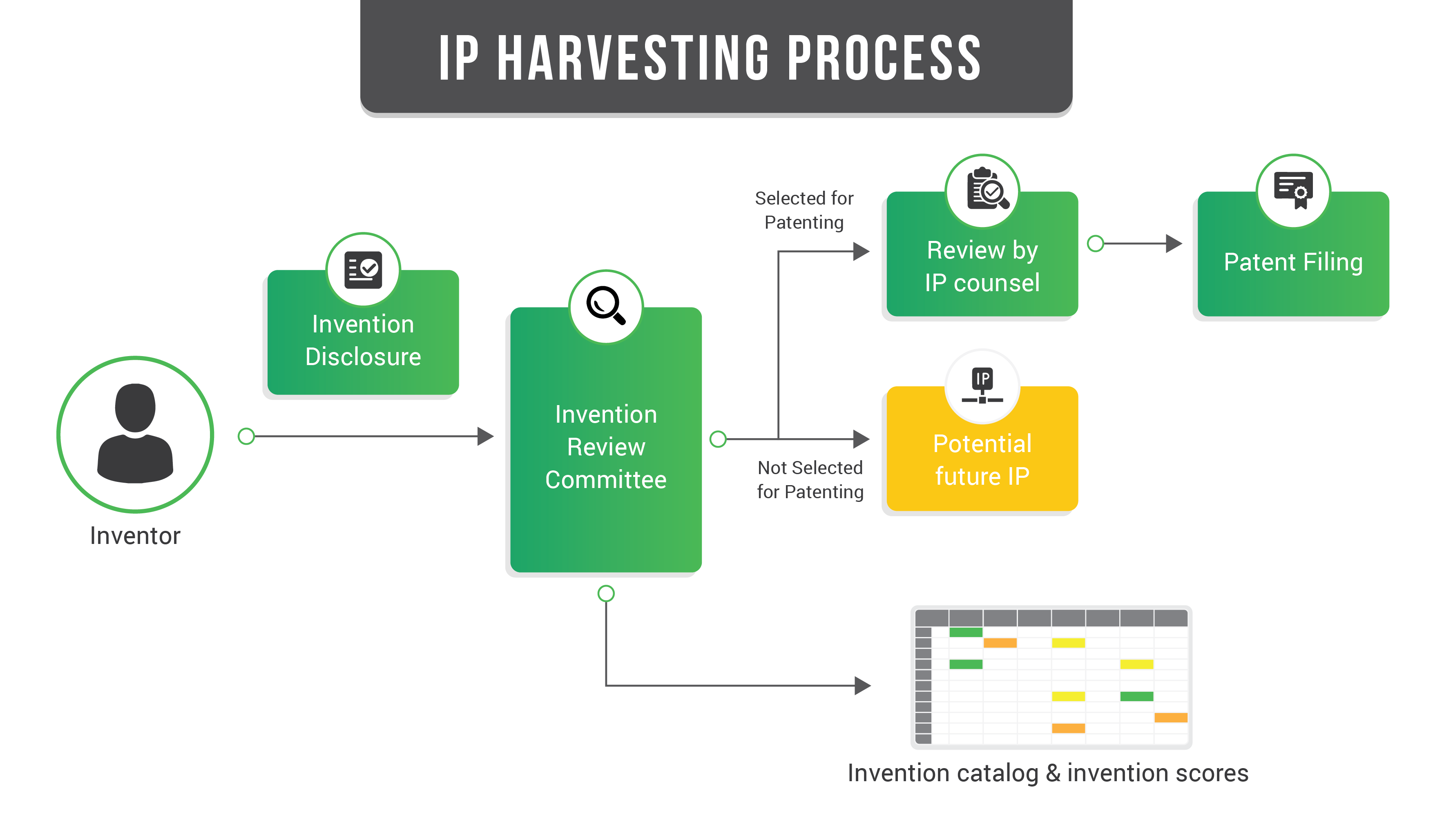IP strategy: How should startups decide whether to file patents
Contributor
Deciding what to patent can be a confusing process but by creating a formal process it is something that every startup can manage.
Intellectual property (IP) is one of the most valuable assets of a startup and patents are often chief among IP in terms of value. Patents allow the startup to prevent competitors from using their technology, which is a powerful feature that can grant unique advantages in the marketplace.
From a business perspective, patents can help with driving investment and acquisitions, provide protection during partnerships and business deals, and help defend itself against patent lawsuits by others.
However, startups also often have a hard time determining when and what to patent. Innovative startups are inventing new things on a regular basis, and there is a danger of slipping into a haphazard approach of patenting whatever happens to be available rather than systematically analyzing the business needs of the company and protecting the IP that moves the needle the most.
Moreover, startups must balance the need to protect IP with other areas of the business: Patents are complex documents that require an investment of time and resources to obtain. They often require specialized legal counsel to write and a lengthy examination process at the U.S. Patent & Trademark Office (USPTO).
This article is a how-to guide for startups to make the decision on when and what to patent with a mature approach to IP strategy.
Table of Contents
- Creating a regular IP harvesting process
- Invention cataloging and scoring
- The scoring system
- Conclusion
Creating a regular IP harvesting process

In order to make a decision about what to patent, a startup must first know what IP it has. For very small teams, it may be possible for everyone to have a shared idea of the IP. However, once teams grow beyond a few people, it is no longer possible to have complete visibility into what everyone on the team is doing and potentially inventing. Therefore, a regular IP harvesting process must be put in place to ensure proper reporting of IP to the executive level.
Most startups are best served with a simple IP harvesting process involving just three steps: (1) disclosure (2) invention review and (3) patent filing. In the disclosure stage, employees who are in IP creation roles must be trained to disclose ideas that are potentially protectable IP.
Powered by WPeMatico